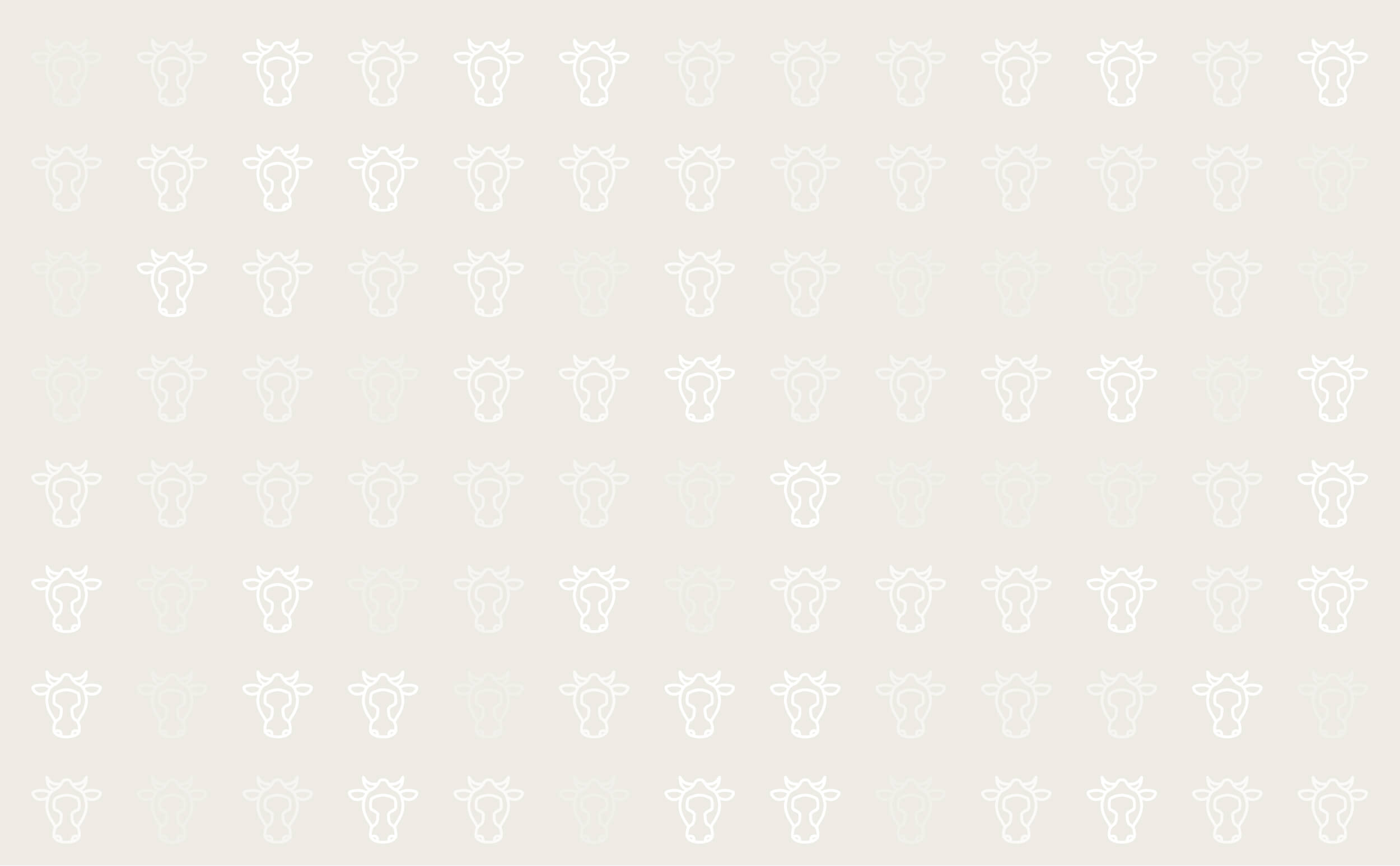



Sole Ulcer
Cause
Sole ulcers are a very painful type of non-infectious hoof lesion - usually located where the sole and heel bulb meet - where infection forms between the sole and the underlying tissues. They arise when the soft tissues inside the sole are damaged and normal horn cannot be produced for a number of reasons, but are often associated with trauma from stone bruises. Sole ulcers commonly affect one or both of the outer hindclaws.
Sole ulcers are common in dairy herds in which animals are managed in loose-housing systems, particularly if conditions are unhygienic as is often the case during winter months. The incidence is variable, but in some herds, >50 per cent of the mature cows can be affected.
If the corium is exposed, infection can enter the deeper structures of the claw and spread, causing serious problems and allowing abscesses to develop.
It is believed that subclinical laminitis is a major predisposing factor. Laminitis damages horn-producing tissues, resulting in softer than normal sole horn. The horn is further softened if it is exposed to moisture, while the chemical agents in slurry are thought to disrupt the integrity of the horn.
Symptoms
- Lameness
- Bleeding associated with sole bruising
Treatment
Sole ulcer lesions need to be trimmed carefully by a competent trimmer. The aim is to transfer weight bearing to the sound, healthy claw and in order to achieve this, the opposing claw may be fitted with a block, lifting the affected claw, relieving the pressure and providing an opportunity for the ulcer to heal. The sole can be very carefully trimmed away and 'dished-out' around the ulcer, in order to remove pressure, but any tissue protruding from the ulcer should not be excised or treated with any caustic agent, as this can be painful and slow the healing process.
Despite the best of care, many sole ulcers will never fully resolve, and affected cows will display chronic low-grade mobility problems and require more regular corrective foot trimming than normal during their productive lives.
Prevention
The key to preventing solar ulcers partly lies in controlling sole bruising, often associated with inappropriate nutrition with high levels of sub acute ruminal acidosis in the herd. This subclinical level of illness results in softer than normal sole horn, which is further softened when exposed to moisture and damaged by slurry. Similarly, good cow comfort levels - comfortable cubicles and even, undamaged and slip-resistant floors in cattle housing - as well as good-quality cow tracks are essential, in addition to regular, competent foot trimming, in avoiding foot trauma.

